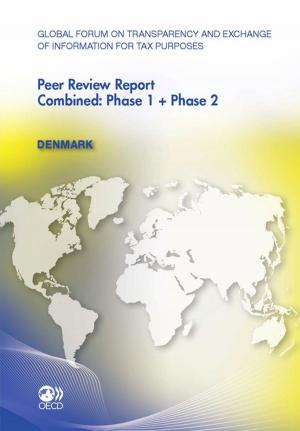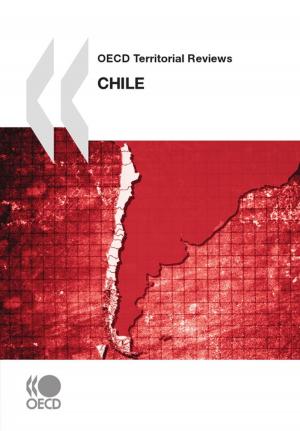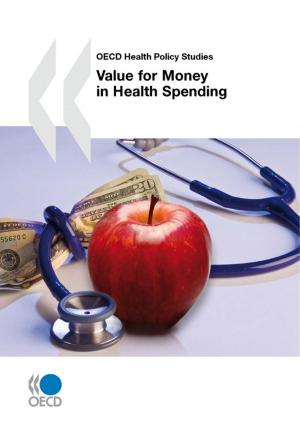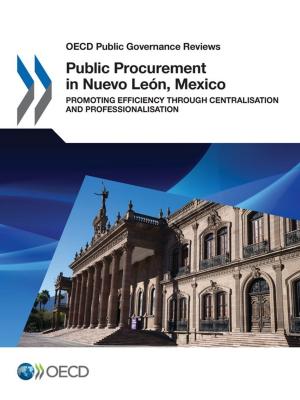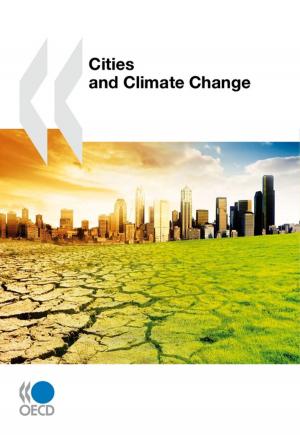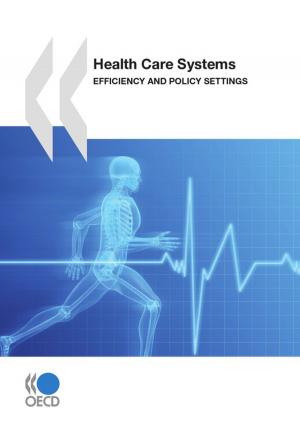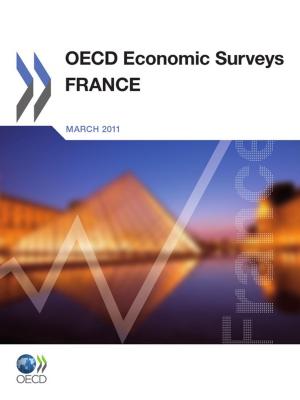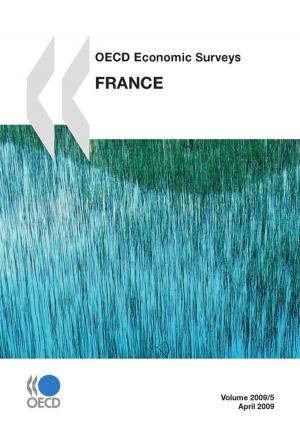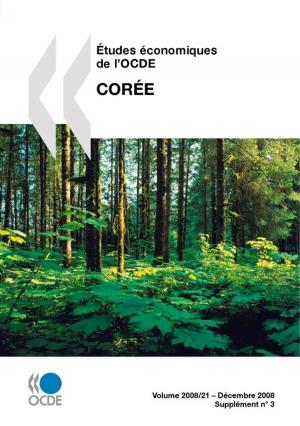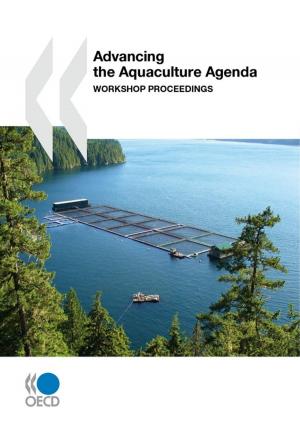OECD Territorial Reviews: Venice, Italy 2010
Nonfiction, Social & Cultural Studies, Political Science, Politics, City Planning & Urban Development| Author: | Collective | ISBN: | 9789264083523 |
| Publisher: | OECD | Publication: | June 17, 2010 |
| Imprint: | OECD | Language: | English |
| Author: | Collective |
| ISBN: | 9789264083523 |
| Publisher: | OECD |
| Publication: | June 17, 2010 |
| Imprint: | OECD |
| Language: | English |
This Review of Venice, Italy, offers a comprehensive assessment of the city-region’s economy and the extent to which its land use, labour market and environmental policies embrace a metropolitan vision. A new understanding of the provinces of Padua, Treviso and Venice as an interconnected city-region of 2.6 million people guides this study. Venice ranks as among the most dynamic and productive city-regions in the OECD, with high employment levels and growth rates. Though it has thrived on a model of small firms and industrial clusters, it is undergoing a deep economic transformation. Venice confronts growing environmental challenges as a result of rising traffic congestion and costly infrastructure pressures, exacerbated by sprawl. Demographics are also changing, due to ageing inhabitants, immigrant settlement and the rapid depopulation of the historic city of Venice.
This report offers a comparative analysis of these issues, utilising the OECD’s metropolitan database to benchmark productivity and growth. It draws on regional economics, urban planning, transportation studies and hydrology to throw light on the changes within the city-region. In light of planned inter-city rail extensions, the Review calls for programmes to increase economic synergies between Venice and its neighbours. It evaluates key tools for promoting economic growth and metropolitan governance and proposes enhanced co-ordination of land use policies, additional business development services for small and medium-sized businesses, and the enlargement of university-linked innovation. Given frequent flooding, the report appraises the quality of metropolitan water governance and Venice’s potential to become a powerful reference for climate change adaptation.
This Review of Venice, Italy, offers a comprehensive assessment of the city-region’s economy and the extent to which its land use, labour market and environmental policies embrace a metropolitan vision. A new understanding of the provinces of Padua, Treviso and Venice as an interconnected city-region of 2.6 million people guides this study. Venice ranks as among the most dynamic and productive city-regions in the OECD, with high employment levels and growth rates. Though it has thrived on a model of small firms and industrial clusters, it is undergoing a deep economic transformation. Venice confronts growing environmental challenges as a result of rising traffic congestion and costly infrastructure pressures, exacerbated by sprawl. Demographics are also changing, due to ageing inhabitants, immigrant settlement and the rapid depopulation of the historic city of Venice.
This report offers a comparative analysis of these issues, utilising the OECD’s metropolitan database to benchmark productivity and growth. It draws on regional economics, urban planning, transportation studies and hydrology to throw light on the changes within the city-region. In light of planned inter-city rail extensions, the Review calls for programmes to increase economic synergies between Venice and its neighbours. It evaluates key tools for promoting economic growth and metropolitan governance and proposes enhanced co-ordination of land use policies, additional business development services for small and medium-sized businesses, and the enlargement of university-linked innovation. Given frequent flooding, the report appraises the quality of metropolitan water governance and Venice’s potential to become a powerful reference for climate change adaptation.


